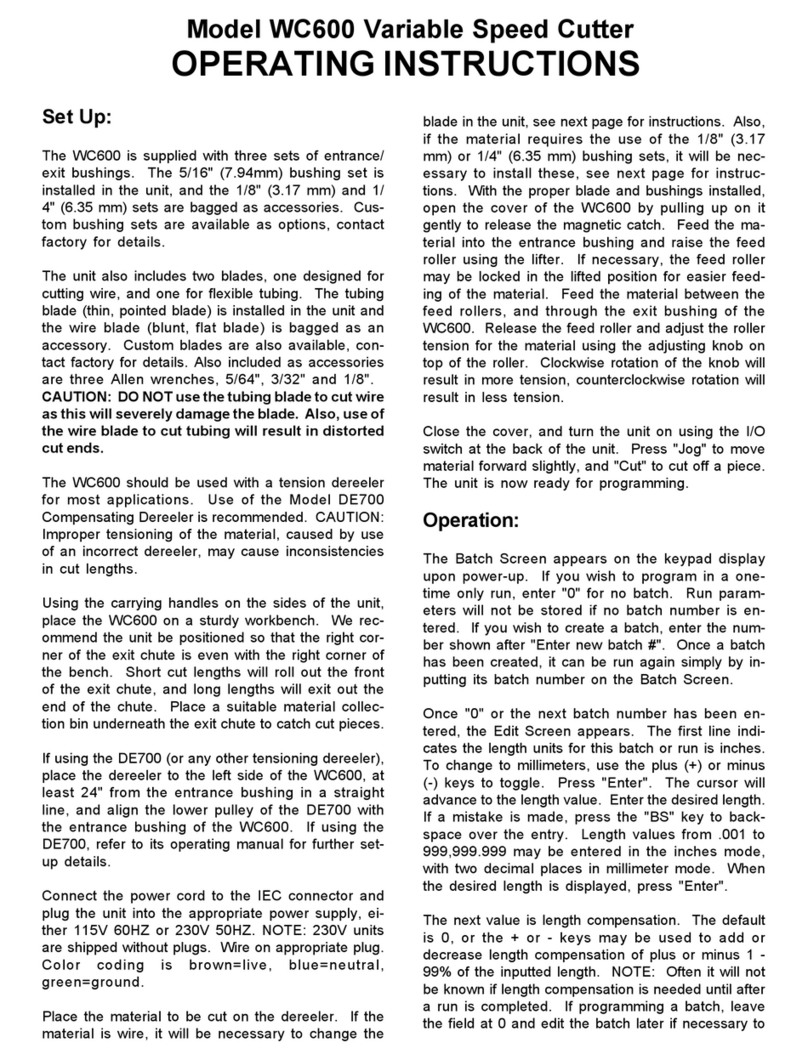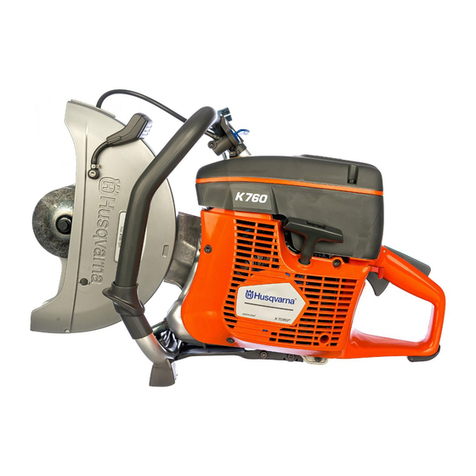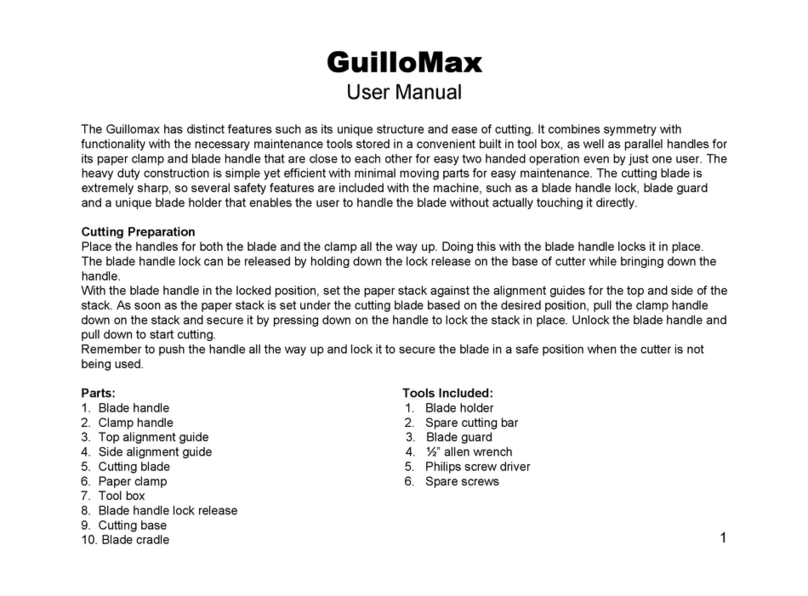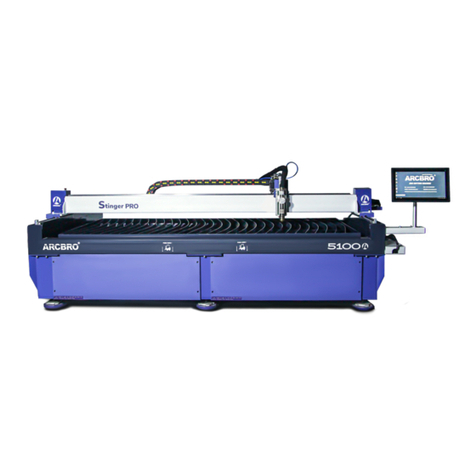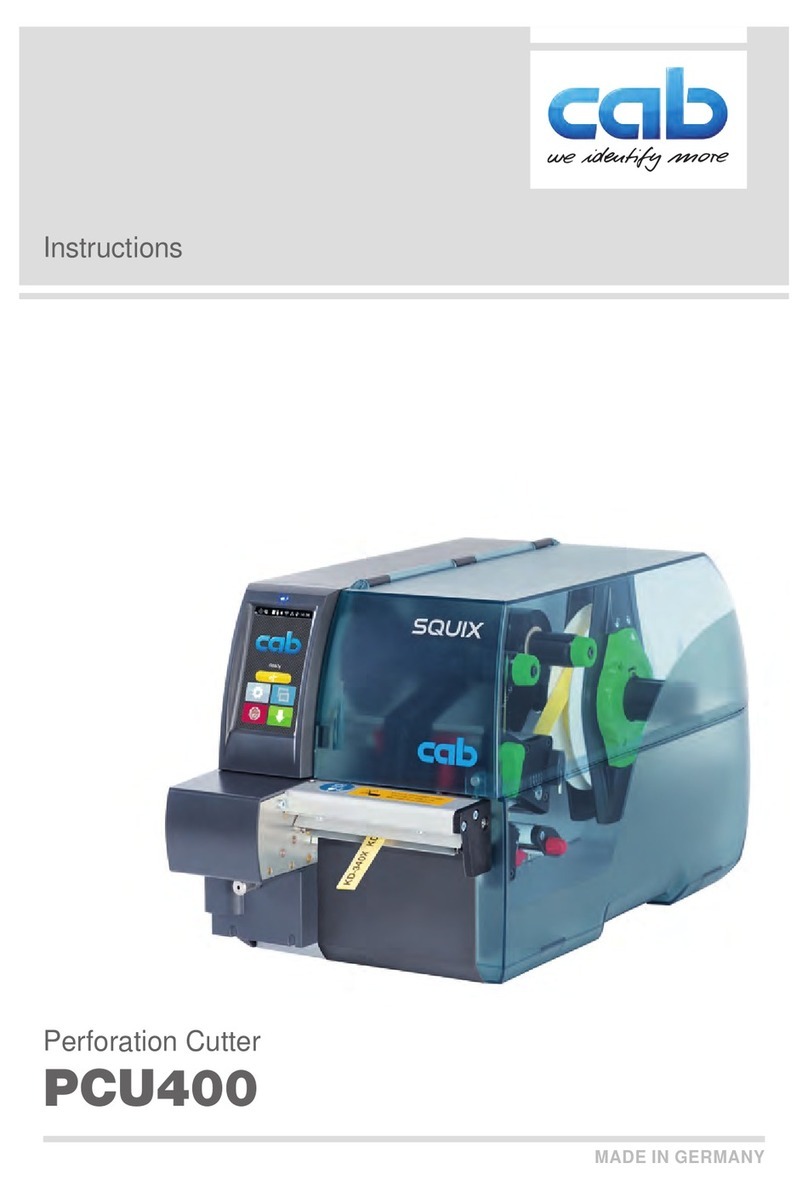
6
/
36
1.1.2 Some important instructions:
1325/1530 is using laser to cut. Laser light, because of its special
properties, poses safety hazards not associated with light from other
sources. The safe use of lasers requires that all laser users and
everyone near a laser be aware of the dangers involved in laser
operation.
Don' t touch any switches by wet hand in order not to get an electric
shock.
Don't touch the drive device, power supply, the fan and other
electriferous elements when power on.
Ensure that untrained personnel do not open the cover board over the
laser and the protective covering over the beam path, or focus the
cutting head and adjust the beam delivery optics.
1.2 Safety instruction about the laser
This laser is a Class 4 laser product (there are warning
labels on the laser unit and the beam path). The energy
density of the beam is high and the wavelength of the
output beam can be in the range 10.4μm to 11.2μm.
The wavelength range is invisible to the human eye,
and never look directly into the light source or
scattered laser light from reflective surfaces when
adjusting the beam delivery optics and machining.
All personnel must wear safety spectacles. If laser
radiation is exposed to the skin it can burn and cut the
flesh.
Do not cut the high reflectivity materials.
1.2.1 Optical Safety
Laser light, because of its special properties, poses safety hazards not






